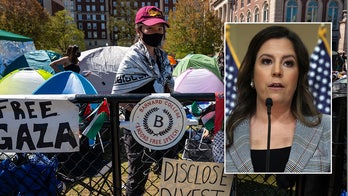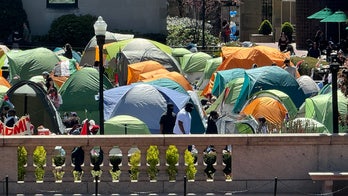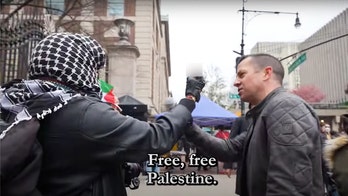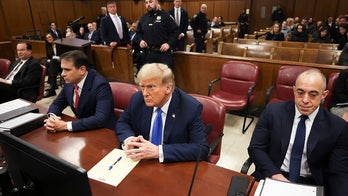When most Americans think of drones, they think of the government’s targeted killing of Al Qaeda operatives overseas.
Lately, the debate in Washington has been over the killing of Americans, like U.S-born cleric Anwar al-Awlaki, who was taken out by the CIA in September 2011. Pressed on the program by Congress, CIA director nominee John Brennan recently told lawmakers “this administration has not carried out drone strikes inside the United States and has no intention of doing so."
But despite that pledge, there is every intention to expand the use of so-called mini-drones inside the U.S. Used mostly by local police and first responders, the Federal Aviation Administration has already granted 327 licenses, and it projects as many as 10,000 licensed systems by 2017.
“It's really just an extra tool in the tool kit for first responders to use, and it's more affordable than a lot of the manned assets that are out there,” said Gretchen West, executive vice president of the Association for Unmanned Vehicle Systems.
West says most of these drones are small, about 20 pounds or less. They cannot be armed. They cost between $10,000 and $50,000, with typical flight times of about an hour or less.
"They would use them for specific missions such as finding a lost person or a missing child that's lost in the woods, or for monitoring traffic, or potentially for crowd control. In the meantime, the firefighting community would be interested in using these to fly them over a fire and identify hotspots."
But Jay Stanley, senior policy analyst with the ACLU's Speech, Privacy and Technology Project, said the constitutional issues are compelling. "They become a tool for generalized mass surveillance by the government,” he said.
Stanley warns of the potential for a tsunami of drones, cluttering a kind of digital wild West where the law is easily being outpaced by technology.
"There is some case law about aerial surveillance, but it's not necessarily encouraging when it comes to protecting privacy. For example, the Supreme Court ruled that the police can look into your backyard even if you have a high fence, with no warrant. You have no 4th amendment protection there," he said.
And this, according to Stanley, explains the move locally to establish rules. “That's why we are seeing state legislatures all around the country propose and move forward on drone legislation -- get some regulations in place. That's why we've seen legislation in Congress."
With Congress now requiring the integration of unmanned aerial vehicles into the already crowded public airspace, the drone debate hasn't begun to address the conundrum of private users, which was made plain during a House hearing in January.
"What are we seeing also from the hobbyist world -- are they running ahead of us heading towards a dangerous conflict?” asked David Schweikert, R-Ariz. “What’s going on there and are we about to see a clash of cultures of people going off on their own?"
Dr. Gerald Dilingham with the Government Accountability Office said this was new territory. "It is a different world, and how they are going to come together is to be determined,” he said.
Given the significant privacy issues, the Department of Homeland Security has only now set up a working group to study the impact of government UAVs on civil liberties, civil rights, legal and other policy issues.





